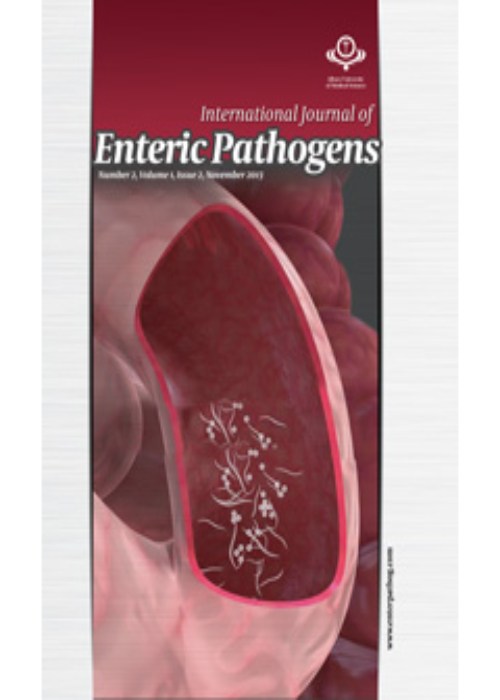Shiga Toxin-Producing Escherichia coli in Diarrheic Neonatal Dairy Calves: Matching Small Intestinal and Fecal Isolates in Terms of Isolation Rates and Antimicrobial Resistance
Shiga toxin-producing strains have been considered remarkable diarrheagenic agents and foodborne pathogens. Several studies have mentioned the role of some Shiga toxin-producing Escherichia coli (STEC) strains in diarrhea and dysentery in calves. Enteropathogenic E. coli (EPEC) have also been isolated from diarrheic calves. Generally, the culture and antibiogram results obtained from fecal samples are used to select antibiotics to treat calf diarrhea. However, the value of such a sampling method has not been evaluated yet.
This study aimed to evaluate the clinical utility of fecal sample cultures for isolating STEC and EPEC in calf diarrhea by comparing them with small intestine samples.
The small intestine and fecal samples were simultaneously collected from 35 diarrheic calves. Small intestine samples were collected under the ultrasonographic guide. A total of 70 confirmed E. coli isolates were screened by the multiplex polymerase chain reaction to detect genes encoding Shiga toxin1 (stx1), Shiga toxin2 (stx2), intimin (eae), and hemolysin (E-hly). We also compared the presence of class 1 and 2 integrons and antimicrobial resistance properties in the STEC and EPEC isolates recovered from the small intestine and fecal samples. Finally, the presence of important STEC/EPEC serogroups, including O26, O103, O111, O113, O145, and O157 in isolates from both samples, was determined as well.
STEC strains were detected in 25.7%, and 20% of E. coli isolates obtained from the small intestine and fecal samples, respectively. The stx1 was the sole Shiga toxin subtype detected among STEC in intestinal and fecal isolates. EPEC was detected only in one and two E. coli isolates from the small intestine and fecal samples, respectively.
A numerically higher prevalence of STEC was observed in the small intestine compared to fecal samples; there was no significant difference in the frequencies of STEC and EPEC isolates between the small intestine and fecal samples. The results indicated that the fecal sample, as a non-invasive and practical method, could be used for isolating STEC and EPEC in calf diarrhea. The antibiogram showed the presence of a high degree of multi-drug resistance among the isolates.
- حق عضویت دریافتی صرف حمایت از نشریات عضو و نگهداری، تکمیل و توسعه مگیران میشود.
- پرداخت حق اشتراک و دانلود مقالات اجازه بازنشر آن در سایر رسانههای چاپی و دیجیتال را به کاربر نمیدهد.



